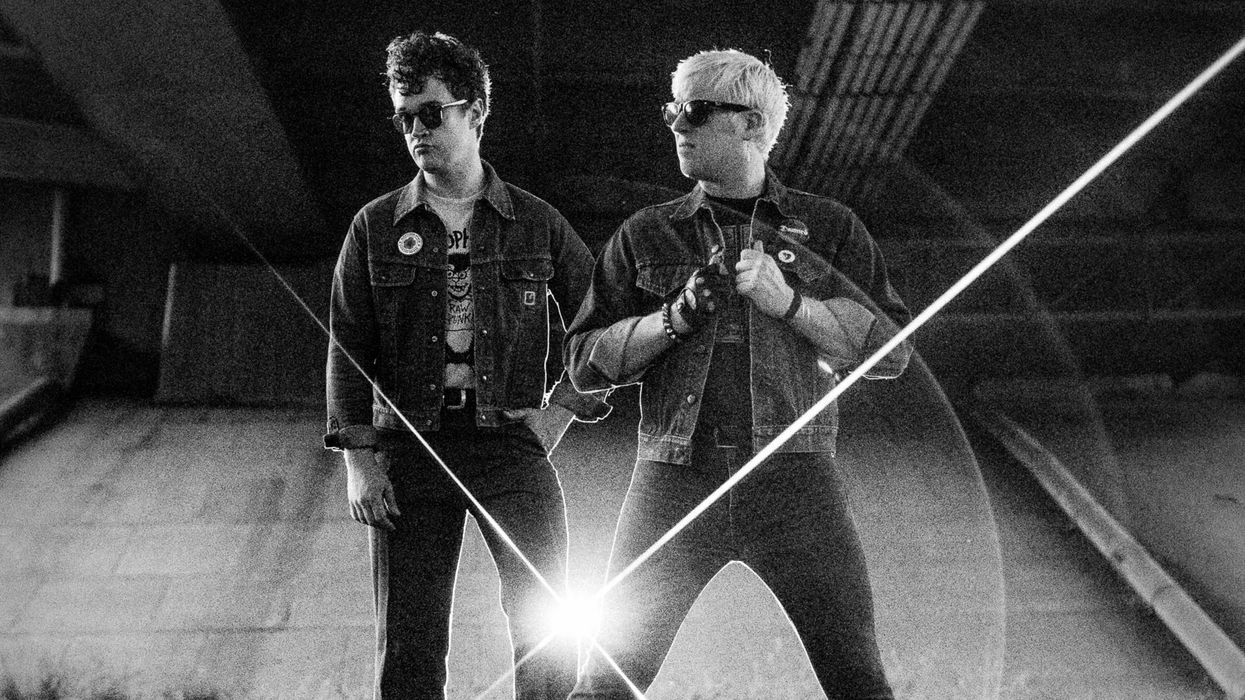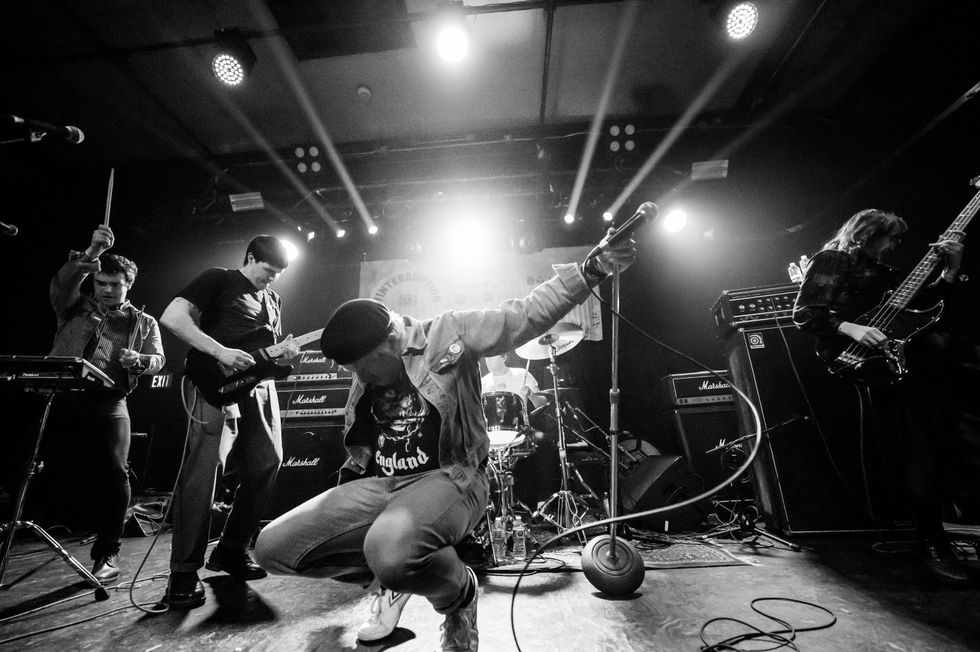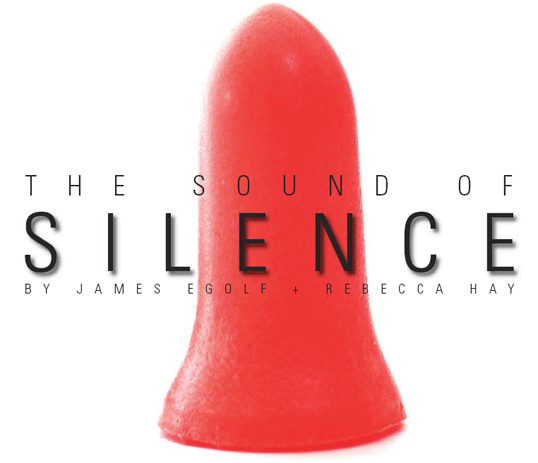
As far as history is concerned, 50 years is nothing, yet that is roughly how long rock n’ roll has existed. The time between Elvis’ “That’s All Right” and Pete Townshend’s pyrotechnics on “I Can’t Explain” was barely more than a decade, yet the two tunes seem light years apart. Add another decade and artists such as Jimmy Page, Ritchie Blackmore, and Jeff Beck had already solidified the image of the archetypal guitar god; low-slung guitars, long hair and loads of Marshall stacks cranked to the hilt. Despite the fastmoving evolution of the music itself, acknowledgement among musicians of the dangers of exposure to those cranked Marshalls would remain non-existent for at least another decade.
And while musicians may be reticent to discuss hearing loss – with Townshend himself waiting until 1989 to discuss his “very severe hearing damage” – non-profit organizations and concerned doctors have been trying to change the cultural climate surrounding hearing protection for years. Organizations like H.E.A.R. (Hearing Education and Awareness for Rockers), founded in 1988 by musician Kathy Peck following an excessively loud San Francisco rock concert, have long fought to change the view of hearing protection as lame and unnessecary.
As stars like Neil Young and Ted Nugent have stepped into the spotlight and opened up about their battles with hearing loss, groups like H.E.A.R. and the American Tinnitus Association have gained some ground; unfortunately, there remains a segment of young rockstars who live by the motto, “If it’s too loud, you’re too old.” As evidence of such, August 2007 found Total Guitar reporting on the British band, Gallows, and their success in officially becoming the loudest band in the world. Harnessing a mess of Laney heads, Gallows played for 60 seconds at 132.5dB – equivalent to a jet engine at takeoff – and seemingly proved a new generation’s desire for ear-numbing volume [ed note: the band did wear hearing protection during the attempt].
The science behind hearing loss is certainly nothing new, but in a finding that should interest the musical world, the most recent study commissioned by Shure and presented by Sensaphonics at the American Academy of Audiology meeting in June of this year indicated that over 77% of the musicians studied suffer from minimal hearing loss, a noise notch, asymmetry in hearing thresholds between ears, and/or tinnitus. That number is too large for an ailment we now know is avoidable.

Your Ear, Explained
But to truly understand why protecting our hearing is so vital, first we must understand how the process works. In a biological eccentricity, we hear through a mechanical process. Our other senses – smell, vision, taste and touch – all involve chemical processes, but hearing is based on physical movement, and that movement is caused by vibrations. When a sound occurs, such as speech or music, the air molecules vibrate around the sound event, analogous to the ripples created when throwing a rock in a pond. And, like the water ripples, the air molecules aren’t actually moving from one spot to another, but transferring vibration from one to the next.
Regardless of whether a sound, or vibration, is caused by a starter pistol or an acoustic guitar, the start of that vibration, or initial increase in pressure, is called a compression, due to the molecules closest to the sound event jamming together at the initial phase of the vibration. They then ease up when the vibration begins to go the other way, decreasing the air pressure. This is called a rarefaction.
The ear picks up these changes in air pressure, and sends the information down the ear canal to the eardrum. The eardrum acts like the diaphragm of a microphone, suspended and able to vibrate freely. Just like the output produced by traditional electric guitar pickups – so small it needs a preamp to be brought up to a level that can be amplified – the compressions and rarefactions that are picked up by the eardrum are not strong enough to make the journey through the fluid-filled cochlea, needing the three bones collectively known as the ossicles to get the level up so to speak. This works through both simple physics (levers) and decidedly non-simple hydraulic amplification.
After this, the sound reaches the cochlea, a fluid-filled organ cast in the familiar snail-shell shape. The vibrations arriving from the ossicles sets the fluid in motion, which in turn causes thousands of tiny hairs to sway back and forth. As these hairs move, the vibrations are converted into electrical signals and sent to the brain.
The unfortunate thing about this highly orchestrated dance is that the hairs (located on the Organ of Corti, which runs the length of the cochlea) responsible for translating high-frequency vibrations into sound live closest to the chochlea’s opening. As high levels of sound pressure – whether it be from the Tool show you just sat through or the jackhammer in midtown traffic – bombard these hairs, those closest to the action become flattened and damaged. And over a period of time, you hear less high-frequency information.
Can You Hear Me Now?
Thus, knowing how our ears are affected by sound, it may come as no surprise that the Sensaphonics report details the frequencies where musicians suffered the most hearing loss: 1500Hz, 2000Hz, 3000Hz, and 6000Hz. Of course, those numbers alone may mean little; Dr. Connie Lenz, an audiologist in Cedar Rapids, Iowa, broke down the importance of these frequencies for us. “Those are the most important frequencies in speech, with the most important being 2000Hz [see the Audiogram sidebar]. There’s a lot of information there.”
Peter Stroud, a guitarist who has been playing live shows for 30 years and tours with Sheryl Crow, offered up the following, “Whenever you do a hearing test, you’ll find a drop, and it’s in the 1000Hz-3000Hz range. That’s usually due to cymbals, and it’s just a very sharp peak. It’s a noticeable area for a lot of musicians.” So the general consensus from all sides is the same; frequencies needed for speech are the same that are damaged from exposure to loud music.
The report on hearing loss in musicians also states that 60% of those studied reported occasional tinnitus. Dr. Lenz explains the condition: “Tinnitus is a high-pitch ringing sound in the ear; some people hear it as a cricket sound, others hear kind of a heart in the ear. Each one of those sounds can indicate different pathologies that are going on. Noise exposure types of tinnitus are a byproduct of damage done to the little hair cells that are in your cochlea. Every time those hair cells are bent, it sends a signal up the hearing nerve. These cells are rotated in a way that the hairs that sounds reach first are tuned to high frequencies. When you get a lot of loud sounds coming in, hitting those high frequency hair cells first, they’re being bent over, and they can’t recover because of the damage, so they constantly send that high-pitched signal to the nerve.”
Another cause of tinnitus is acoustic neuroma, which is, accord ing to Dr. Lenz, “A bad bear; like a tumor located on the hearing nerve.” She continues, “The bundles of nerve fibers around the outer rim of the hearing nerve are the high-pitched nerves, so when the acoustic neuroma presses on that nerve, again, you have high-pitched ringing.”
| Audiograms |
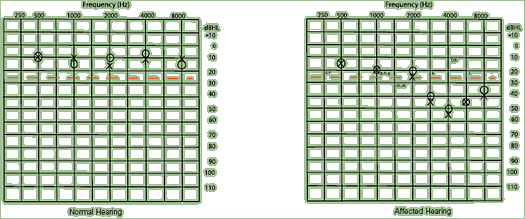 An audiogram is a graphical representation of how well a certain person can perceive different sound frequencies. These are used by audiologists and other hearing professionals to help chart and detect hearing loss. On the chart, sound frequencies are labeled across the top axis, while the vertical axis measures the decibel level (dB) of sounds. Thus, the audiogram provides a graphical depiction of the softest level sound you can hear at various frequencies. The left chart would be typical of someone with normal hearing – the dotted red line represents the cutoff for normal hearing in adults, meaning that for each frequency tested, you can hear sounds at or under 20dB. Note that the circles represent the right ear, while the Xs represent the left ear. The right chart would be typical of someone with moderate high frequency hearing loss, and is typical of noise damage. The softest sound you could hear at 4000Hz, for example, would be 50dB. Note how the hearing loss dips in the frequencies where consonants are heard (k, f, th, s). Conversing in anything but perfect listening conditions will result in difficulty understanding. |
Sound Solutions
Any type of constant ringing is best avoided, but how? According to Dr. Lenz, start off with a checkup. “What we recommend when we’ve identified hearing loss is an annual hearing check. If there is no hearing loss, you are exposed to loud noises, and you’re wearing hearing protection as you should, you can probably go every two years or until you notice a decrease in hearing.” Does insurance cover checkups? “It really depends on who you have the insurance through, but I don’t see a lot of insurance companies covering hearing tests, especially not what they consider routine hearing tests.”
It’s relatively easy to establish that hearing loss is no fun, but what are some steps to avoid it? Dr. Lenz suggests over-thecounter earplugs, earmuffs, and custom-fitted earplugs. “A lot of patients feel that the over-the-counter earplugs tend to be uncomfortable, and the ear muffs can be quite hot,” she says. “Both types – earmuffs and earplugs – decrease the amount of sound at different db levels for different dB levels.” This explains why the foam earplugs from the hardware store make everything sound so muddy. Is there a way around this? “The custom-fitted earplugs, the musician’s earplugs, attenuate at different dB levels, but it’s equal across the board, so everything is much more realistic.”
What is involved when getting fitted hearing protection? “The first visit is going to be where we take an ear impression, and that usually takes about 15 minutes,” says Dr. Lenz, who also takes patients through some additional measurements to ensure the best fit and function. A tube microphone is inserted into the ear, and sound pressure measurements are taken, both with and without earplugs. After a fairly quick process, your earplugs will arrive in approximately ten days. “When the ear protection devices come in, it’s just a matter of making sure that the person knows how to insert them correctly, so they get the best protection they can.”
With most manufacturers offering 15dB or 25dB cut, which will offer enough protection while still keeping things sounding natural? Mr. Stroud suggests the 15dB cut. “Generally the 25 is too much. Unless you’re just dreadfully loud, there’s no reason to go that much. The 15dB cut sound great. They just take a little bit of adjustment.”
Last time we checked, audiologists still had to pay their own mortgages, so none of this is free, but what can you expect to pay for a pair of fitted plugs? Dr. Lenz said, “Around $150,” which matches up with Peter’s estimate of, “$100-$150 out the door.” Let’s face it, $150 will barely get a decent delay these days, and, compared to the alternatives, seems like a rather paltry amount to ensure that you will be enjoying music until a ripe old age.
To get an idea of what kinds of loud noises we are exposed to everyday, we went out with a dB meter and took a few musician-specific measurements, then added in some more common, day-to-day levels. The results were surprising.
Some statistics are from a study by Marshall Chasin , M.Sc., Aud(C), FAAA, Centre for Human Performance & Health, Ontario, Canada. |


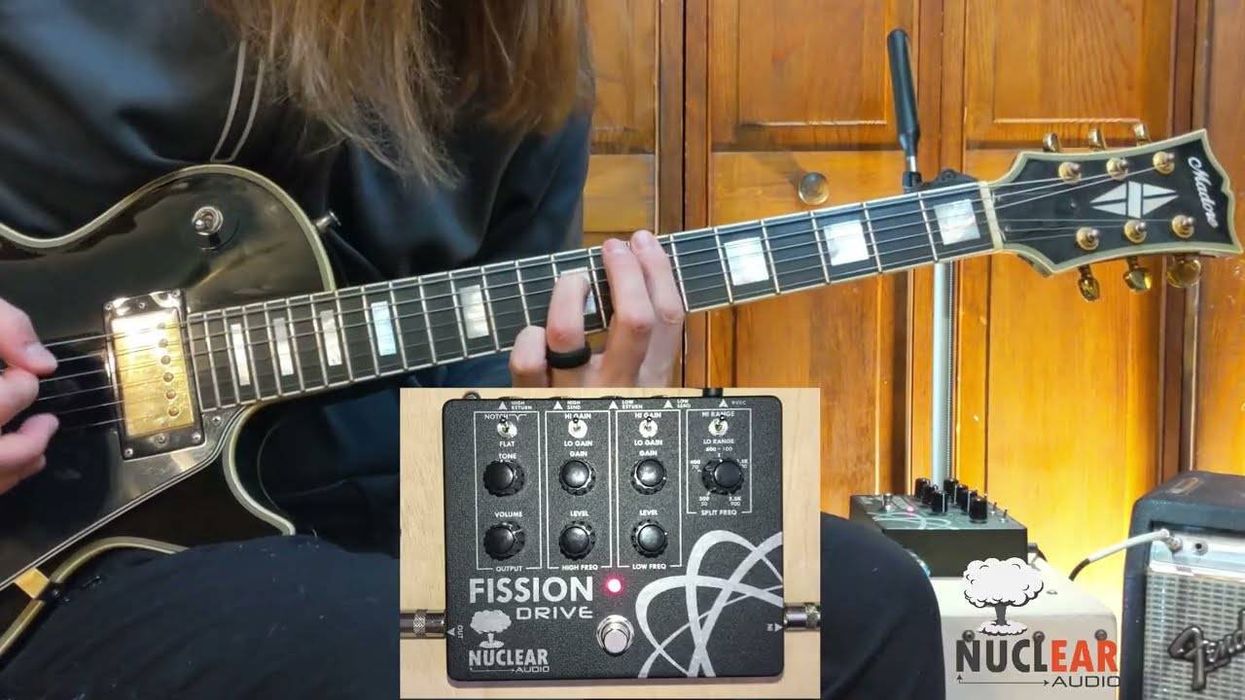




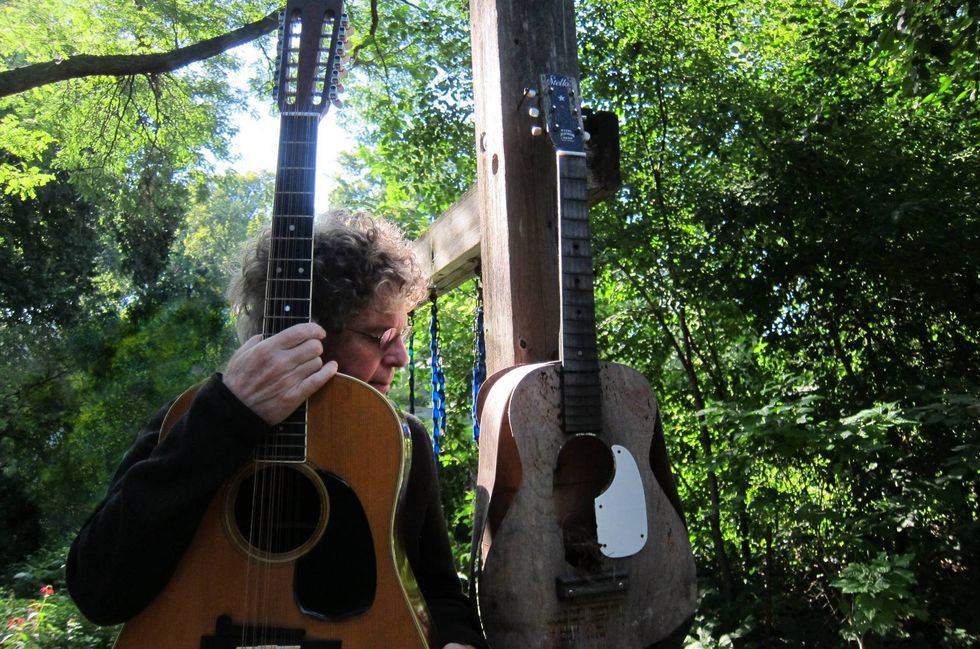

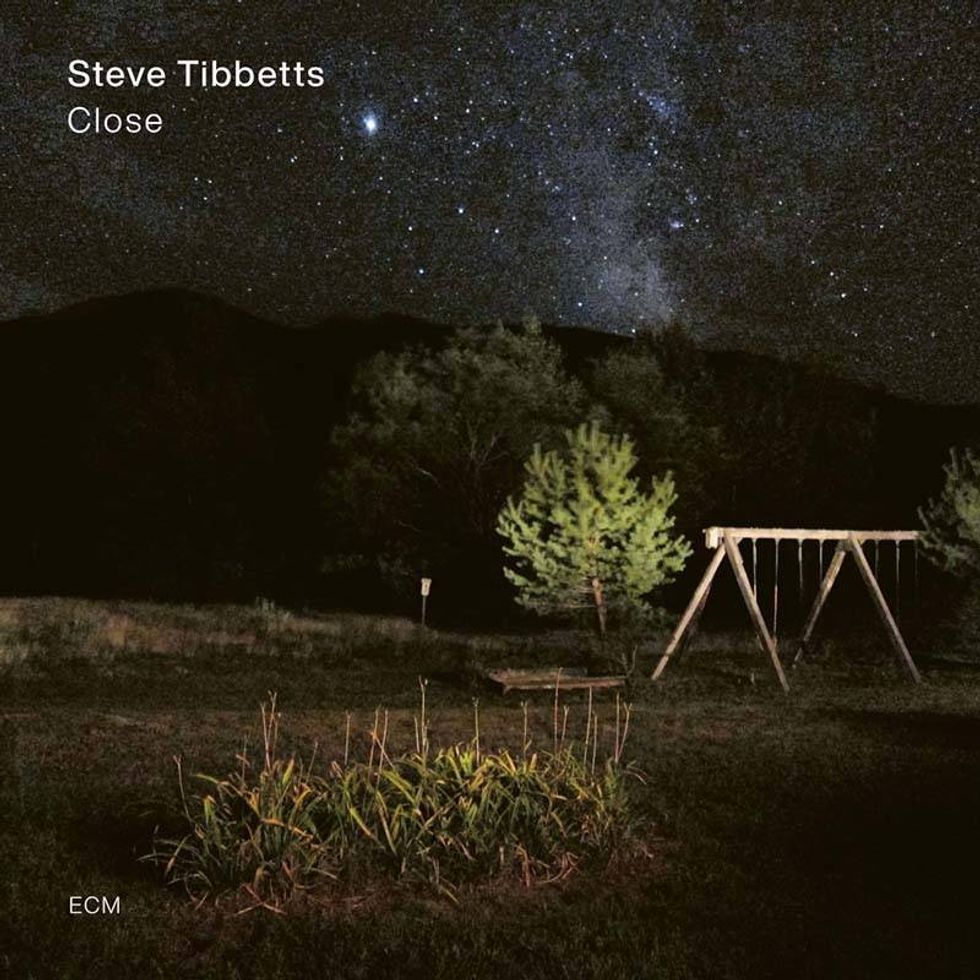



![Rig Rundown: Russian Circles’ Mike Sullivan [2025]](https://www.premierguitar.com/media-library/youtube.jpg?id=62303631&width=1245&height=700&quality=70&coordinates=0%2C0%2C0%2C0)





